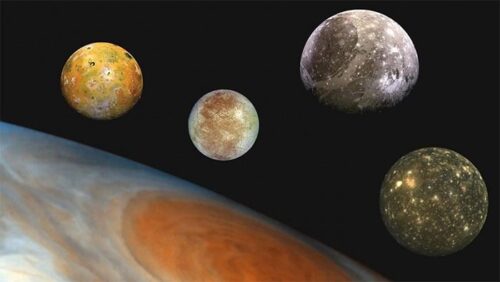
Did the Solar System Have a Habitable “Child Planet”?
One of the intriguing questions in the field of astronomy is whether the Solar System ever harbored a habitable “child planet.”
Recent findings by a team of astronomers led by planetary scientist Carver Biersohn of Arizona State University in the United States have shed light on this fascinating topic.
The team presented extraordinary discoveries about four “Galilean moons” of Jupiter, namely Io, Europa, Ganymede, and Callisto, which are often referred to as “life moons” and have captured the attention of space agencies worldwide, including NASA and ESA, in their quest to find extraterrestrial life.
These four moons of Jupiter are currently believed to possess many potential elements for life.
Dr. Biersohn and his colleagues suggest that these moons may have been even more promising in the past, potentially hosting liquid water.
Using existing knowledge about Jupiter and its vast group of moons (with Ganymede being larger than Mercury), the team developed models to understand their evolution from the early days of the Solar System.
During that time, the Galilean moons formed a miniature planetary system, orbiting around Jupiter’s equator, similar to the way a planetary system forms from a disk of matter around a young star.
As Jupiter matured, the four moons were officially born, and the disk dissipated. Jupiter, rich in energy, started to glow brightly, though not as luminous as a star, but approximately 10,000 times brighter than it appears today.
However, the proximity of the “life moons” to Jupiter subjected them to intense radiation, far exceeding what they received from the Sun.
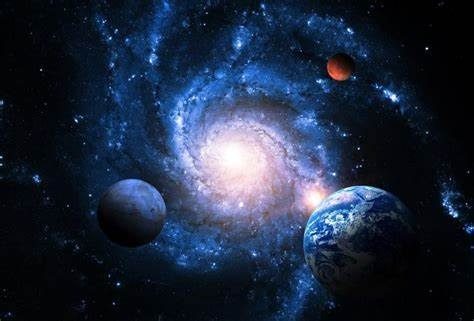
The two closest moons, Io and Europa, particularly endured these harsh conditions.
Jupiter, in its youth, became a “killer” by blasting away the more volatile substances from these “subplanets,” causing the water to evaporate.
As a result, these celestial bodies, which initially held the potential for habitability, underwent violent transformations, assuming peculiar forms.
For instance, Calisto, scarred with one of the largest impact craters in the Solar System, displays a semi-rocky, half-ice texture.
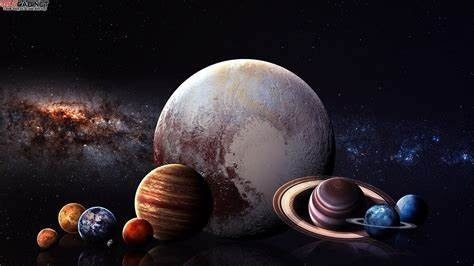
On the other hand, Io, the least icy moon in the Solar System, is a volcanic world and the only place beyond Earth with confirmed geological activity. Unfortunately, its geological activity was too intense, turning it into an inferno.
However, the past may have unfolded differently. Io might have possessed a significant amount of water ice after its formation, but it fell victim to Jupiter’s destructive forces.
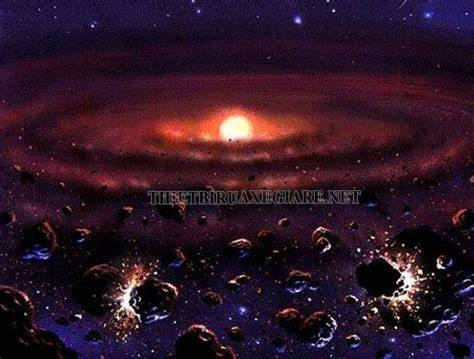
If this scenario did not occur, Io could have been a potential rival to Earth, especially since previous studies have indicated that Io’s close proximity to Jupiter would result in sufficient tidal interaction to sustain crucial reactions within celestial bodies.
These research findings were recently presented at the 54th Lunar and Planetary Science Conference held in Texas, USA.
In conclusion, the investigation into whether the Solar System once nurtured a habitable “child planet” has provided captivating insights.
The Galilean moons of Jupiter, despite their harsh conditions today, hold remnants of a tumultuous past that could have been conducive to the development of life.
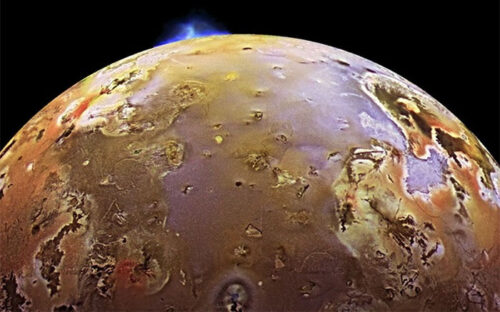
Exploring these celestial bodies further will continue to expand our understanding of planetary evolution and the potential for life beyond Earth.
